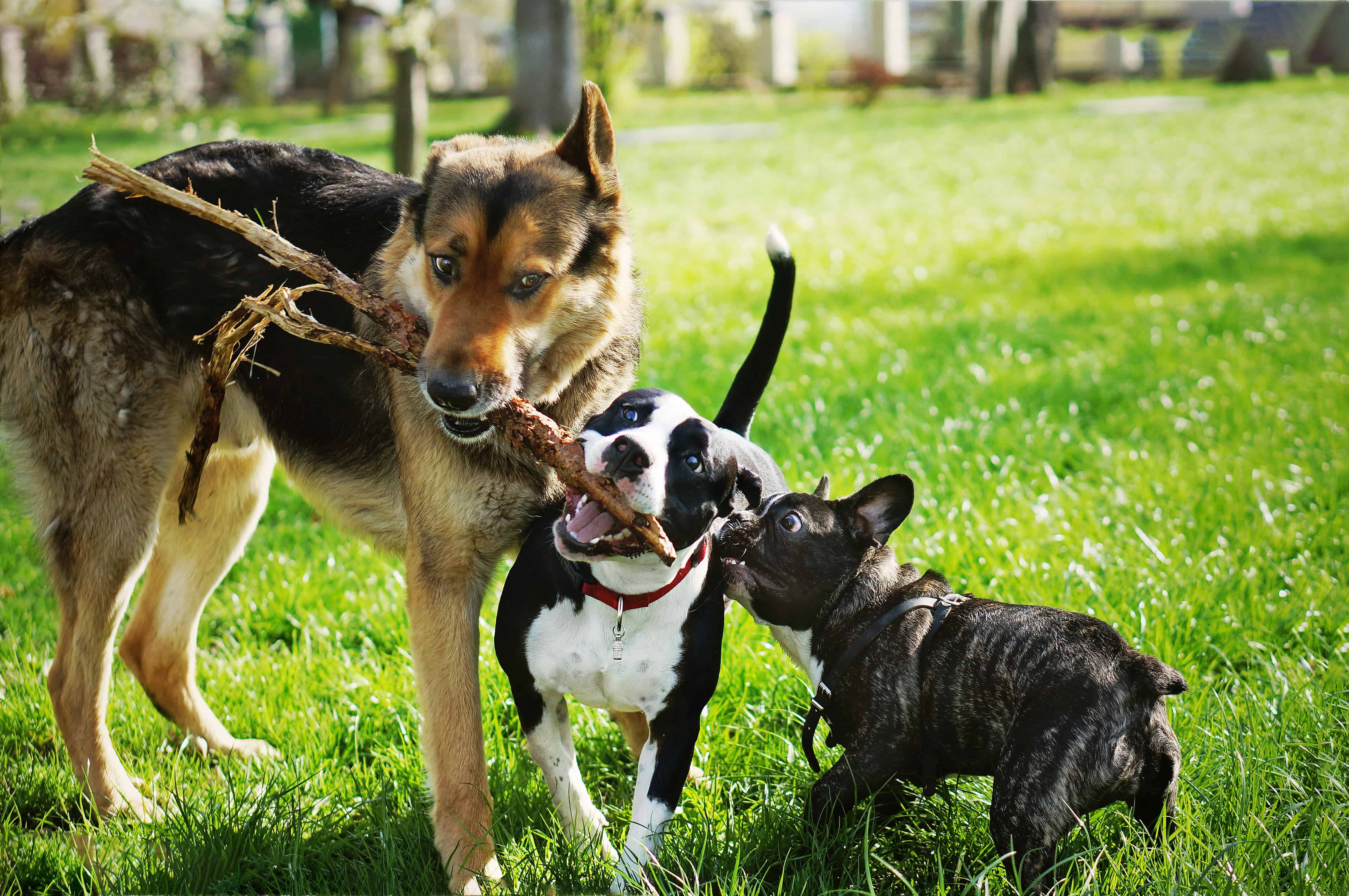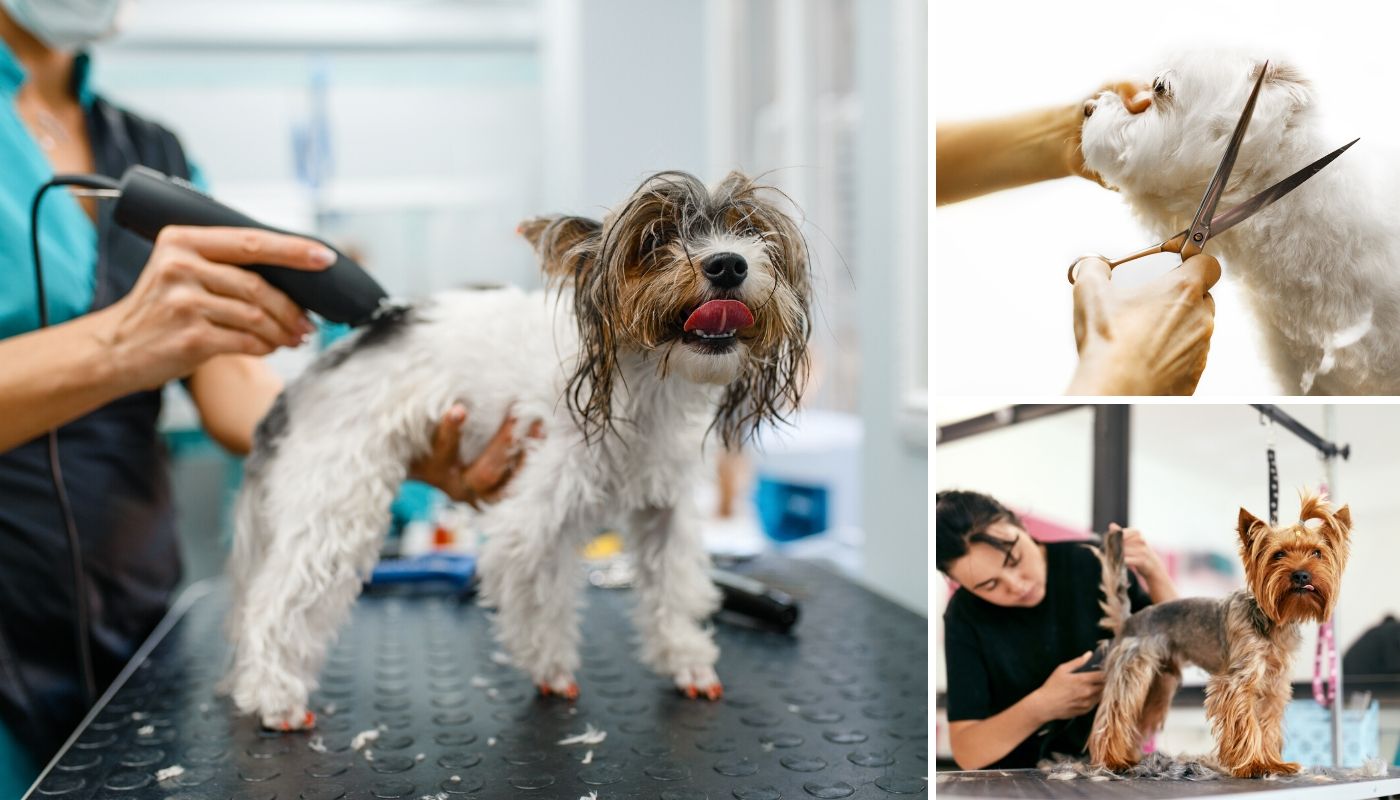You’ve just adopted your first puppy, and you’re very excited — but you have absolutely no idea where to begin with training. This is totally okay, and everyone has to get started somewhere! To help you out, we’ve compiled our top 10 tips for dog training for beginners, from practicing essential skills to choosing the best treats for puppies:
Table of Contents
Sign Up For An Obedience Class.
If you feel really out of your depth, don’t be afraid to sign up for an obedience class at your local pet store! These classes are a great opportunity to learn new commands and socialize your dog with other canines. They are also more cost-effective than private sessions since one instructor helps the group all at once. Obedience classes can help both you and your dog create a strong foundation for training together, so see if you can find one in your area.
Learn The Basic Commands.
Before you try to get too fancy, work on basic commands such as “sit,” “stay,” “lie down,” and “come.” These are the bare minimum for dog training and will ensure that your dog can interact with humans and other dogs without issue. When training, say the cue command only once and then wait for your dog to perform the action. If you keep repeating it, they’ll just tune you out, which is the exact opposite of what you are trying to accomplish!
Practice Essential Life Skills.
Teaching basic commands isn’t the only kind of training that you need to be working on. House training and leash training are essential life skills that every puppy needs to learn. You should also be working on these skills as soon as your puppy is old enough. Leash training can begin as soon as you bring your puppy home, while house training has to wait until they have full control of their bladders, which usually happens around 12-16 weeks of age. Working on these skills early will prevent accidents and make it easier to walk your dog when they get older.
Focus On Positive Reinforcement.
In your dog’s mind, one of the worst things that can happen is you ignoring them, which is why it’s really important not to negatively reinforce the behavior by yelling or otherwise punishing your dog. This teaches your dog that they will get your attention if they do that behavior, which encourages them to keep doing it — the exact opposite of what you want them to learn. Instead, focus on only rewarding positive behavior with treats and praise while ignoring the negative behaviors.
Use Small Treats.
We love a good dog chew on a lazy Sunday afternoon, but these long-lasting treats aren’t the best choice for a training session. Instead, you want to select small, soft treats so that your dog can eat them quickly and you can reward them every time they successfully perform a command. You may need to break larger treats up into smaller bits so that your dog doesn’t over-eat during a training session. Remember that treats should only make up about 10 percent of their overall diet!

Keep Training Sessions Short But Frequent.
Puppies have short attention spans so you need to keep your training sessions short — just 10-15 minutes at a time to start. However, you should be doing these sessions multiple times a day to reinforce the commands and help them start to make associations between verbal cues and actions. Try to aim for two to three sessions a day if possible to accelerate your training and help your dog master the commands quickly.
Limit Distractions.
Speaking of short attention spans, dogs of all ages are very easily distracted during training, so you need to keep that in mind when choosing a time and location. Try not to do your training at a time when you know there will be a lot of noise, such as rush hour traffic or noisy neighbors. Turn off the music and the TV, and remove other distractions such as dog toys and other pets as well. You want your dog’s attention to be 100 percent focused on you and the commands while you work together.
Stick To A Consistent Schedule.
Consistency is key when training a dog in terms of both how many sessions you do each day and what times you have a training session. Dogs thrive on routine, so keeping the schedule the same will help the training stick. Try to keep your training similar day-to-day to create this sense of routine and stability. It’s okay if you occasionally have to skip a session or day, but on the whole, you should strive to be as consistent as possible.

Consider Clicker Training.
Clicker training is totally optional, but it can be a helpful aid for certain dogs. Basically, clicker training involves using a noise-making device every time you give a command. This builds an association between the command, the treat, and the clicking sound in your dog’s mind. Over time, you replace the natural dog treats with praise, but keep the clicker so your dog knows to perform the command when the sound happens. Clickers are usually available for pretty cheap at your local pet store, making it easy to experiment with this technique to see if it works for your dog.
Hire A Personal Dog Trainer.
If you have the budget, hiring a professional dog trainer to do one-on-one sessions with your dog can make a big difference in their behavior. It can also be a really beneficial experience for you since it gives you the opportunity to shadow an expert who knows what they are doing. This is an especially good choice for dogs who are struggling to learn basic commands, still having pee accidents in the house, or otherwise having behavioral issues that could use some extra help.
Training a new puppy takes work, but it will totally pay off in the long run. Good luck with training your new dog, and let us know how it’s going in the comments below!




